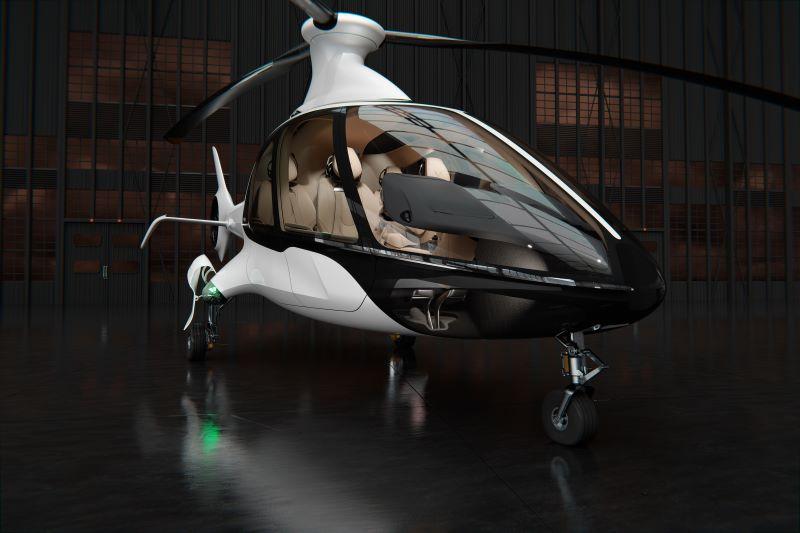
Credit: Hill Helicopters
LONDON—British helicopter start-up Hill Helicopters has pushed the first flight of its HX50 turbine-powered light helicopter back to the end of 2023. Founder and chief executive, Jason Hill told the company’s Aug. 12 Global Meetup and Discover Event held at its development center in Rugeley, England...
Subscription Required
This content requires a subscription to one of the Aviation Week Intelligence Network (AWIN) bundles.
Schedule a demo today to find out how you can access this content and similar content related to your area of the global aviation industry.
Already an AWIN subscriber? Login
Did you know? Aviation Week has won top honors multiple times in the Jesse H. Neal National Business Journalism Awards, the business-to-business media equivalent of the Pulitzer Prizes.





